When it comes to driving traffic, leads, and revenue, online advertising gets the glory. And for good reason. Pay-per-click is still, pound-for-pound, the fastest way to drive qualified prospects to your small business. Target the right keyword, set your bidding strategy, write your ad copy, and bang: people actively searching for your product or service are going to start seeing your business at or near the top of the search results.
That’s all well and good. But what about scale? Sure, plenty of businesses scale really effectively with paid media. But it’s sort of like a faucet. You have to keep the faucet running (i.e. continue injecting capital) to keep getting results. And aside from having a solid ad strategy, you better hope you have a strong product-market fit, strong margins, and a strong CAC (customer acquisition cost), or your bottom line is going to suffer.
The remedy to this problem of scale? Organic traffic. Investing in organic traffic is like investing in a retirement account. It’s not sexy, but if you put in the work now, you set yourself up for some serious dividends down the road. And while SEO (search engine optimization) isn’t quite as simple as “set it and forget it,” it is, in my opinion, the most sustainable way to scale a small business–this year, and beyond.
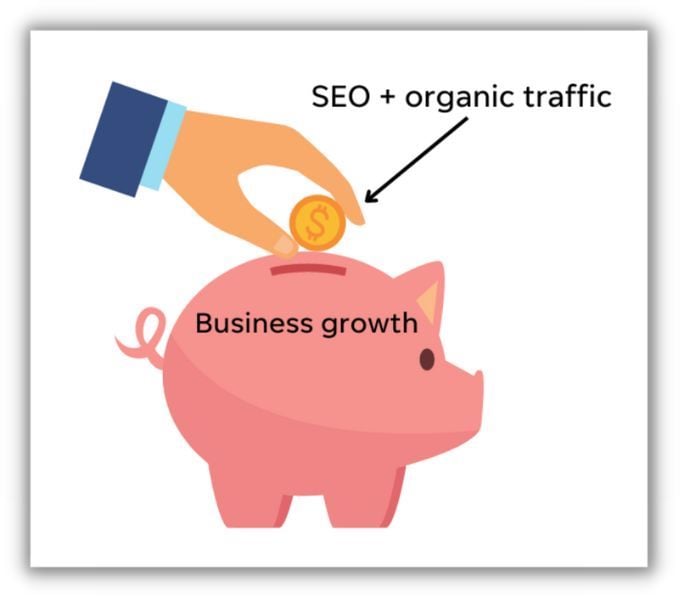
In this post, I’m going to walk you through the art of driving organic traffic to your website, broken down into five basic steps. By the end, you’ll have a good understanding of the kind of investment you need to make to set yourself up for long-term organic growth.
Let’s rock and roll.
What is organic traffic?
Organic traffic is any unpaid session that occurs on your site. Typically, when we talk about organic traffic, we’re delineating between two types: organic search, and organic social. Organic social traffic comes from unpaid posting on social media platforms (Facebook, Instagram, etc.), while organic search traffic comes from search engines (most notably, Google and Bing).

For the purposes of this post, we’re going to be focusing on organic search traffic driven through SEO. When businesses are able to achieve high organic rankings in the search results, they set themselves up to drive high-intent clicks for the long term without continuously spending money on ads.
Benefits of organic traffic
Before we dive into some top strategies for driving organic traffic, let’s look a little closer at the importance and benefits of organic traffic and discuss why it’s such a crucial channel to invest in.
Benefit #1: Free, evergreen clicks
We’ve talked a little bit about the “free” nature of organic traffic, but what exactly does that look like?
Let’s say you’re a brand that sells crochet kits. You want to drive as much traffic as possible to your high-converting product pages, but you don’t have the budget to consistently outbid your competitors on keywords related to crochet kits.
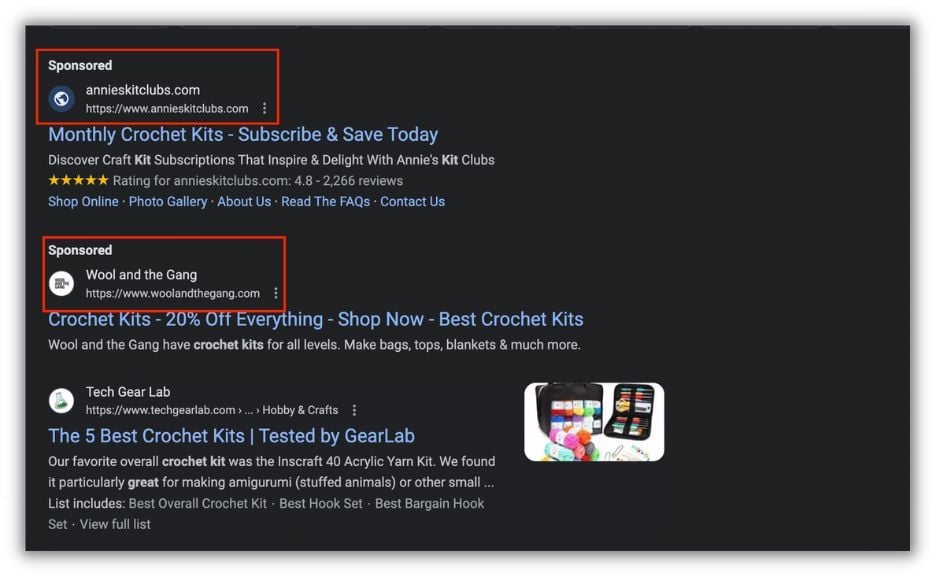
In your keyword research, you notice that the keyword “best crochet kits for beginners” is a bit more informational in nature (vs. commercial), and that it has a pretty good monthly search volume.
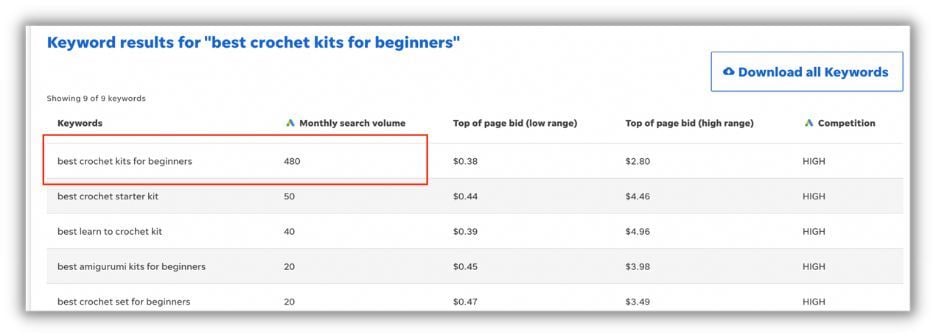
You think it would make a good blog post. So, adhering to SEO best practices, you write a blog post targeting that keyword, making sure to link to your best-selling crochet kits throughout the post.
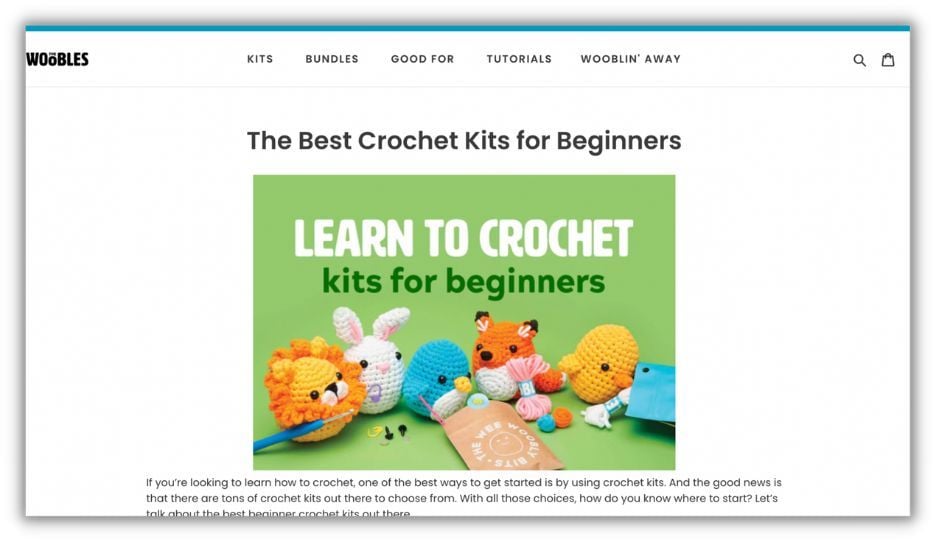
Bloggers find your “best of” list, think it’s useful, and start linking to it across the web. Soon, you see your listing climbing to the top of the search results.

This is the magic of SEO. By creating one quality piece of content that is genuinely useful to users, you now have essentially a free billboard for your product living at the top of the search results. The 480 or so people that search for that keyword on a monthly basis are going to see your brand. Many of them will click. And probably about 2-5% of them will make a purchase. All for the low, one-time cost of creating a blog post.
Benefit #2: Trust and authority
Depending on the nature of their search query, a user is often going to find both paid and organic listings in the search results. Why, you might be asking at this point, would a user click on an organic listing over a paid listing?
Trust and authority. Many people don’t know the difference between a paid and an organic listing. But many do. And those that do, know that any brand can pay to play. It’s a lot more challenging to have a listing rise to a prominent ranking based on quality and merit, and therefore, a lot more trustworthy. Especially with Google doubling down on signals around expertise, authority, and trust, and especially when people today get blitzed with multimedia advertising pretty much from the moment they wake up in the morning until they go to sleep at night.
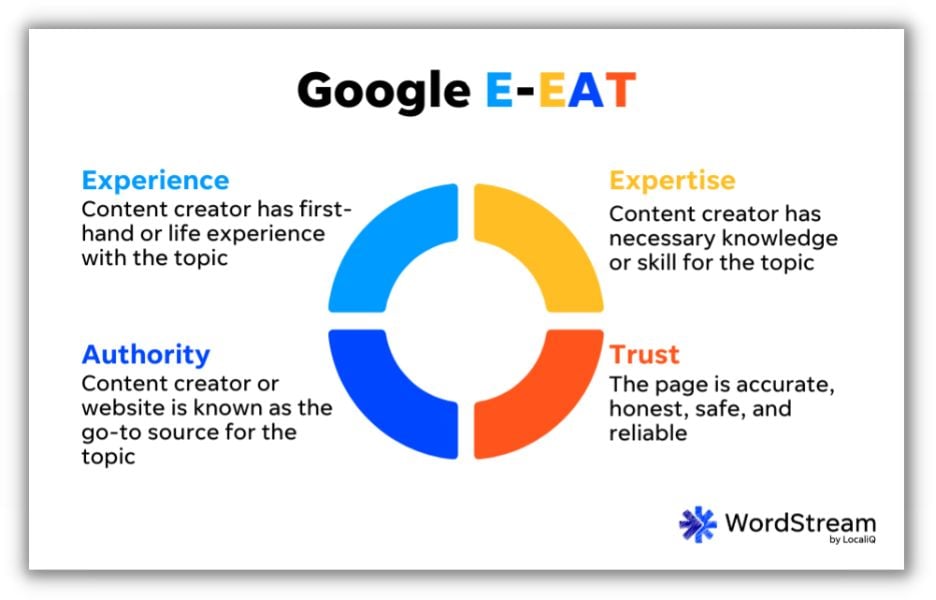
Benefit #3: Traffic quality
We talked a little bit about intent already. When a user finds your website via a search engine, they are actively searching for keywords related to your product or service. Whether that is via an informational search (like “how to tie your shoes”) or a commercial search (like “buy shoes near me”), showing up organically for a search query means meeting your customer at a moment in which they need you.
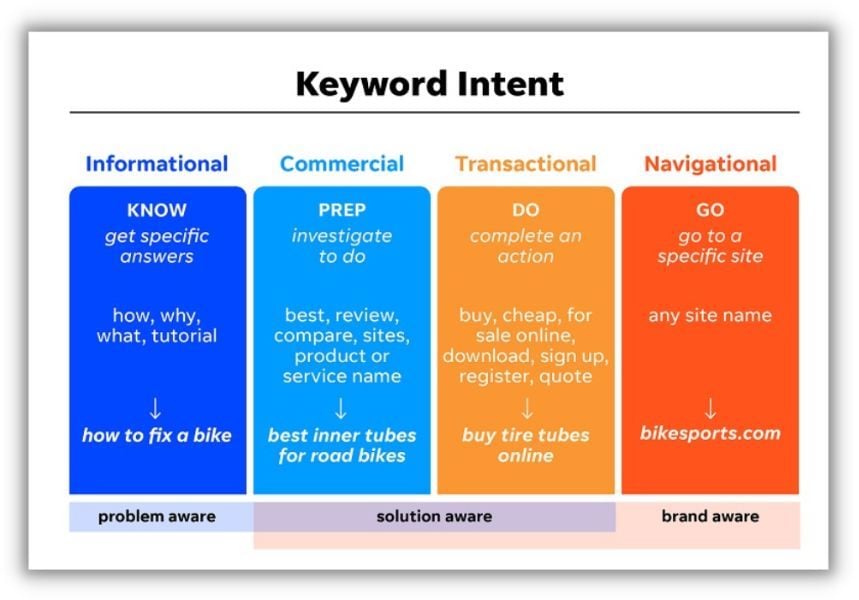
Compare that to display advertising or social media advertising, and it’s easy to see the difference. Marketing via those channels means using audience targeting to try to find users that most closely resemble your ideal customers. But even if you find them, there’s no guarantee they’re in the mood to consume the thing you’re promoting. Often, they’re just passively browsing, and your ad is more an interruption than an asset.
With organic traffic, there’s no danger of that. And that’s why traffic quality, which you can measure via metrics like average time on site or engagement rate, is consistently stronger from organic search than it is from most other channels.
5 ways to drive organic traffic to your website
Okay. Now that we’ve defined organic traffic and discussed why it’s important, let’s walk through five time-honored strategies you can use to drive organic traffic to your website.
1. Update and optimize local listings
If you’re a local business, local listings are, for my money, the most efficient way to generate immediate results organically. There are a number of online directories that local customers can use to find and evaluate your business–Google Business Profile, Apple Maps, Bing, Yelp–but Google Business Profile is the most visible and crucial.
Having (and optimizing) a Google Business Profile ensures that when a potential customer for your plumbing business searches for a “plumber near me,” your business shows up.
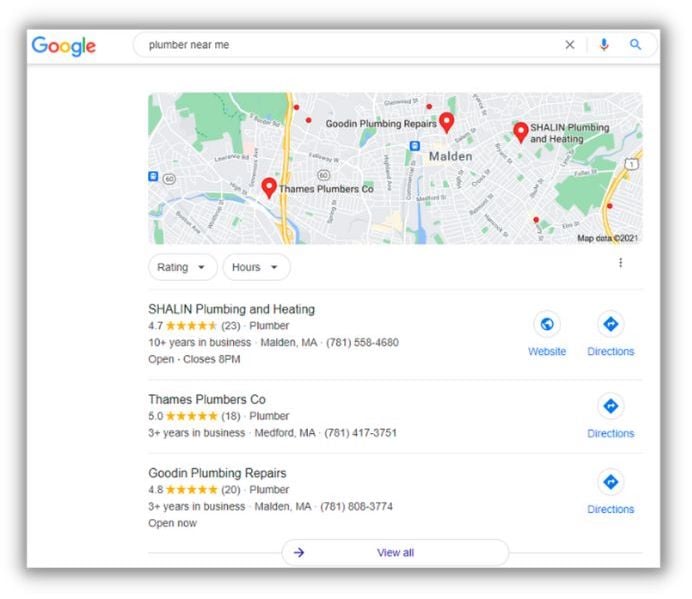
64% of consumers have used Google Business Profiles to find contact details for a local business. So, taking steps to set up and optimize your listing, using the following strategies, can make a real difference:
- Fill out all the required fields in your profile, including your business name, address, phone number, website URL, business category, hours of operation, etc.
- Make sure your business description is concise, engaging, and highlights your unique selling points.
- Using a keyword tool, make sure to identify and incorporate relevant keywords. This is a huge component of making sure you show up for high-intent searches.
- Upload high-quality, compelling photos.
- Collect and respond to as many reviews as possible. Solicit reviews from happy customers whenever possible, and respond to bad reviews when they inevitably occur.
2. Create quality, keyword-targeted content
There are a ton of factors Google takes into account when ranking content in the index. But the most important thing you can do, time and time again, to make sure your website outranks the competition, is create quality content.
If you’re writing a blog post, make sure it is as long or longer than other blog posts in the search results (and more helpful and useful for searchers!).
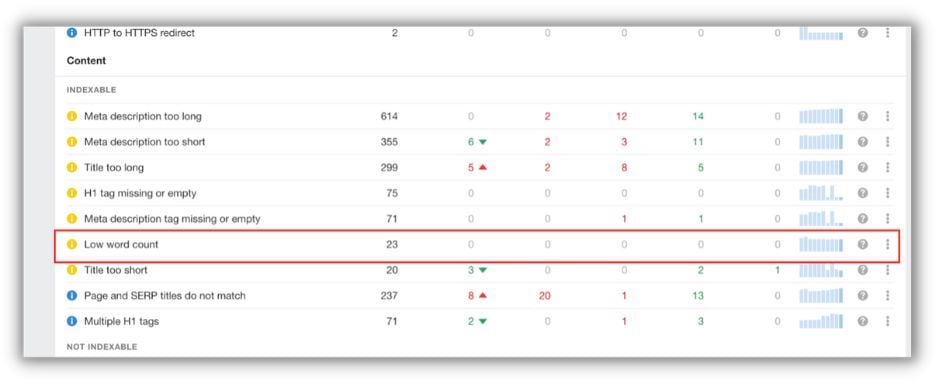
You can check for content with a low word count you may need to beef up in a tool like Ahrefs.
Make sure you use plenty of compelling visuals. If you outsource to another author, make sure they have definitive expertise in their field. And above all, make sure you are definitively targeting a high-volume keyword, and that that keyword makes an appearance throughout your post or web page.
3. Follow on-page SEO best practices
On-page SEO concerns the factors that you, as the website owner or business owner, can directly influence when optimizing for search engines. You can’t always control whether or not other websites link to you, which is the crux of off-page SEO. But if you create quality content, and you follow on-page SEO best practices, you will be giving yourself a big leg up.
Here are some key on-page SEO best practices:
- Keyword optimization. As mentioned above, identifying a keyword is only half the battle. You need to make sure your keyword appears throughout your page: in your title tag, meta description, H1, H2s, and throughout the body content.
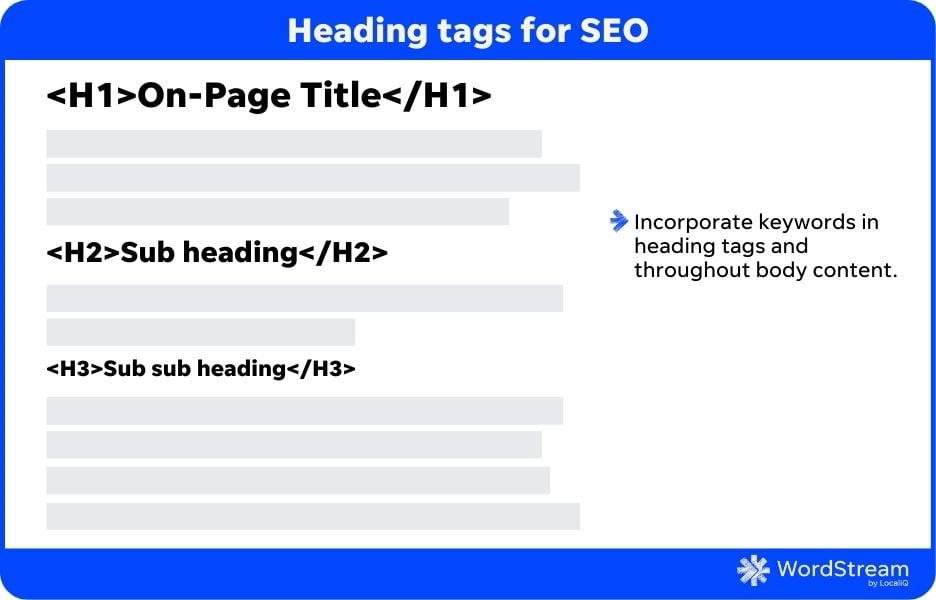
Including keywords throughout these different page elements tells Google that your page is relevant for a given search query.
- Optimize meta tags. Your meta title should be under 60 characters to ensure it displays fully in the search engine. Your meta descriptions should be around 150-160 characters, and include an enticing call-to-action. Both should contain your target keyword, and should be relevant and compelling.
- Optimize URL structure. Create clean and descriptive URLs that provide a clear indication of the page’s content. Avoid using long and complex URLs with unnecessary characters or numbers. Instead, use hyphens to separate words and keep the URL concise.
We also put together a full on-page SEO checklist you can use here:

And read through these SEO examples to see how other brands do it.
4. Optimize page speed
Google made page speed a ranking factor in 2020 when it released its Core Web Vitals. If your website has a slow load time, not only will users hold it against you by leaving at a higher rate, Google will actually rank your site lower than your competitors’ sites.
The first step in optimizing site speed is understanding whether or not you have a speed problem. Sadly, the majority of websites do. You can use tools like GT Metrix and PageSpeed Insights to quickly diagnose how effectively your site is loading.
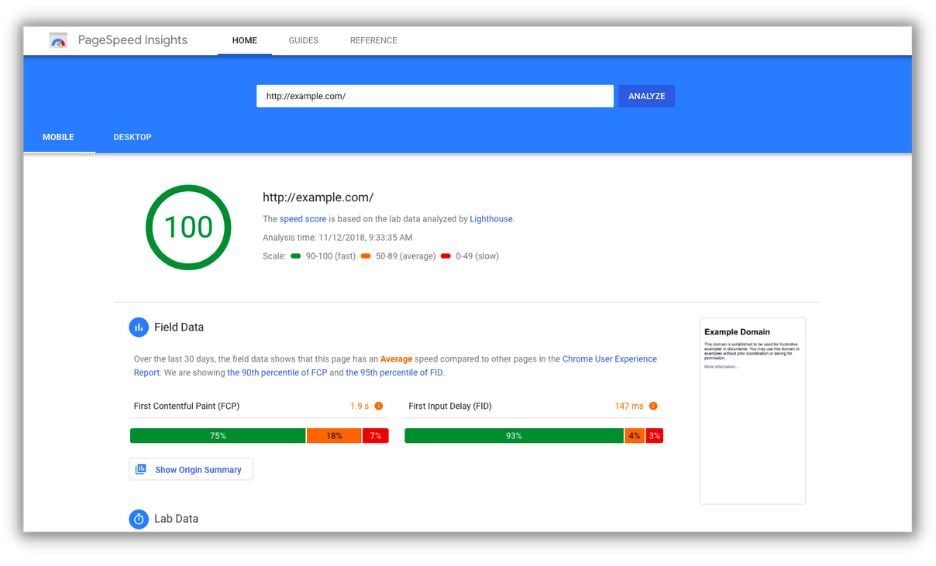
Overwhelmingly, the most common area of improvement you’re going to see on these reports concerns images. Uncompressed images, or images with old formats (JPG, PNG, etc.), will really slow down your site speed.
Many CMS platforms have bulk compression tools that you can use to compress images across your site. If they don’t, you can use a tool like tinypng.com to do the job. But the gold standard in today’s SEO world is WebP.
When you convert and re-upload your images as WebP, you are ensuring they are at the smallest possible file size. Making this change across your site can give you a massive lift–taking speed scores from mediocre to solid, and enhancing organic traffic along the way.
5. Guest posting
We’ve talked a bit about the importance of off-page SEO, and how, when it comes to generating backlinks, it’s not always in your control. The problem is that, in order to get a link, you typically need to give the other website something significant. If your content is good enough, businesses will link to it naturally. But it’s not always the easiest thing to do.
Guest posting is a natural solution here.
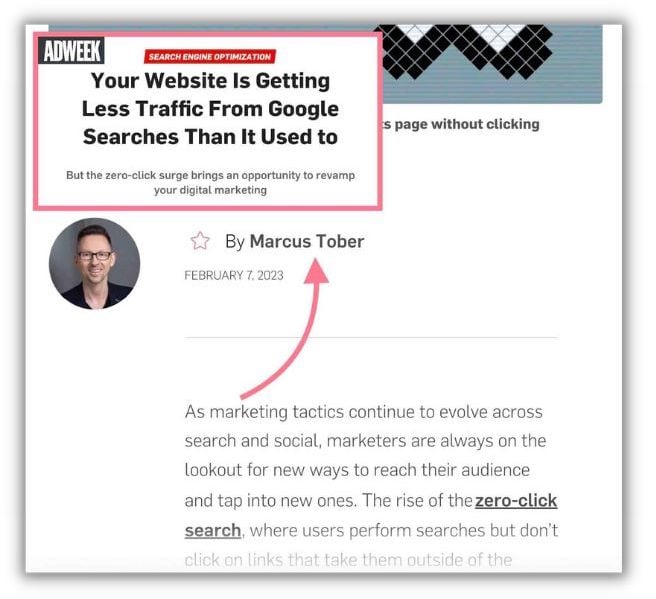
When you write a guest post for another brand, especially one that has good authority in a given space, you not only give your brand exposure with a new audience, you (typically) will be able to link back to your website multiple times. And because the brand you’re working with receives the benefit of a quality piece of content, they’ll be happy to share the wealth.
An investment in organic traffic is an investment in scale
Everyone wants that one hands-off investment that pays off in perpetuity. In marketing, as in business, it doesn’t exist. SEO is no different. In order to see results, you need to constantly create fresh, quality content, update content, and make sure your site is clear of technical inefficiencies.
But, when done correctly, no other channel offers the ability to produce evergreen output with relatively small upfront input. And that’s what makes organic traffic so valuable.
Here are the five best ways to drive organic traffic to your website:
- Update and optimize local listings
- Create quality, keyword-targeted content
- Follow on-page SEO best practices
- Optimize page speed
- Guest posting







